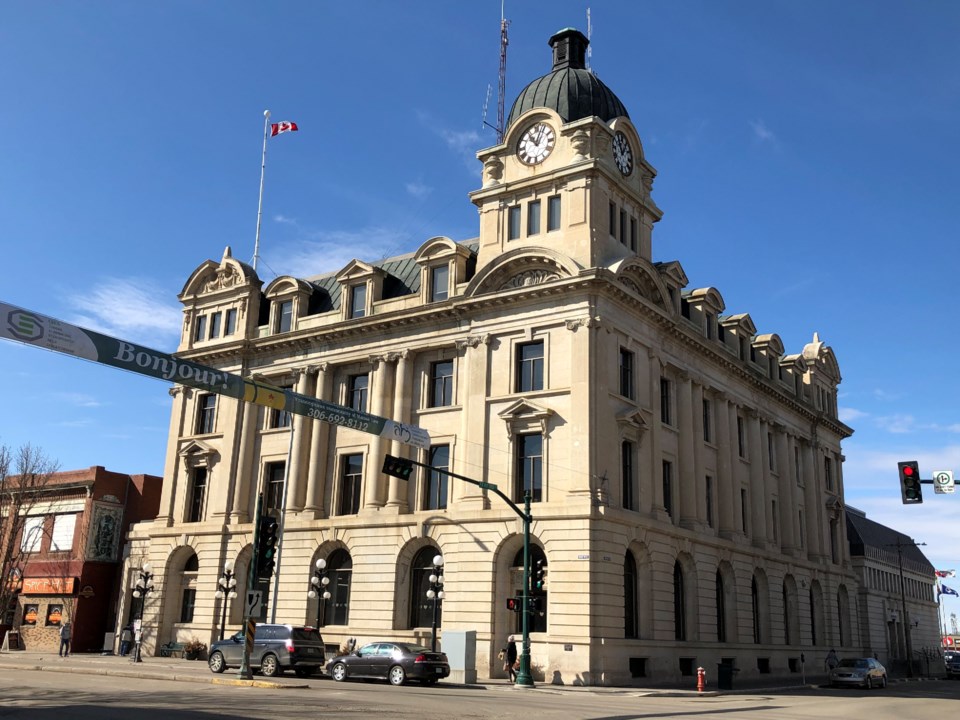Cattle company Jameson, Gilroy, and B&L (JGL) Livestock Ltd. has operated a stockyard on South Hill since 1981 and now wants to expand its operations by annexing an adjacent piece of land.
The business owns 780 Home Street West, which has cattle pens that can accommodate up to 1,500 animals. Canadian Pacific Railway (CPR) owns the adjacent property at 678 Home Street West and has been leasing it to Heartland Livestock for its auction operations. The stockyard on Heartland’s property can accommodate up to 3,500 cattle.
To add the CPR property, JGL approached city hall and applied to subdivide 780 Home Street West so it could annex 678 Home Street West. JGL’s long-term plan is to maintain this latter location for its auction operations. This portion of CPR property also includes an existing concrete manure bunker used to store manure temporarily until it is hauled away for composting.
During the recent city council meeting, council voted unanimously to approve the application to subdivide 780 Home Street West and to have city administration proceed with a zoning bylaw amendment to add a new definition for “livestock auction facility” as a prohibited use.
Council also voted to have city administration proceed with an amendment to the Official Community Plan (OCP) to exempt existing residential development and better regulate new industrial development in proximity to intensive livestock operations (ILOs).
Background
JGL’s operation meets the definition of an ILO, which is prohibited in the city, a council report said. However, the cattle company already uses this land for its livestock operations, so it is considered “grandfathered.” This means the parcel’s expansion would not contravene municipal bylaws or provincial legislation.
“JGL has explained that the addition of land to their parcel will not increase the intensity of use or the capacity of the operation,” the report continued.
Meanwhile, the OCP prevents new development near existing ILOs due to potential nuisance and land-use conflicts. The separation distances are important for the community’s quality of life and well-being but require additional clarity to recognize existing development conditions.
The OCP lists a minimum distance of 1,200 metres for new residential development and 4,800 metres for new commercial development around an ILO of this size, the report indicated. Since applying this separation distance to the Home Street location would “sterilize new development” downtown and in core areas, the new auction definition will exempt the Home Street operations.
City administration recommended that auction venues continue to be prohibited and that legal non-conforming regulations continue to apply in the OCP.
ILOs not properly defined
Part of the problem is that ILOs were not properly defined in 2011 when the OCP was created, explained Jim Dixon, economic development manager. The motions in the report help clean up this issue; these properties have been in use since the 1950s, so nothing new is being added.
The provincial government has no problem with what is being proposed, he continued. However, while residents with existing homes in this zone are fine, no new residential development will be allowed, although commercial growth can still happen.
Two other existing ILO businesses in Moose Jaw include Lister Feedlot at 2855 Brittania Road and M&T Feedlot at 2750 River Street West.
The next regular council meeting is Monday, July 12.




